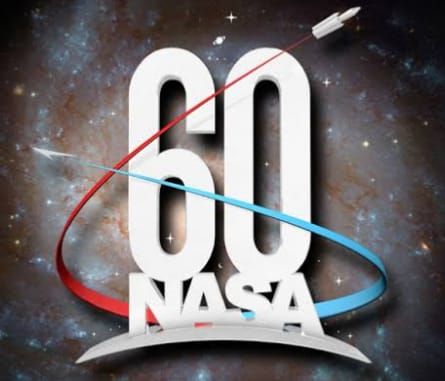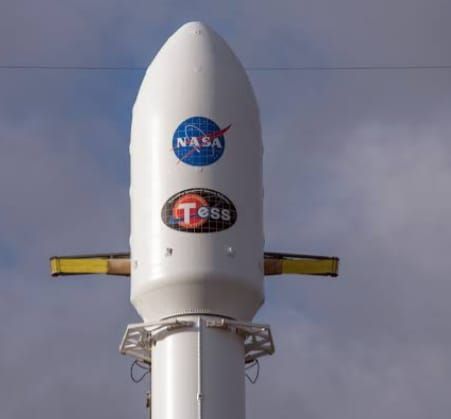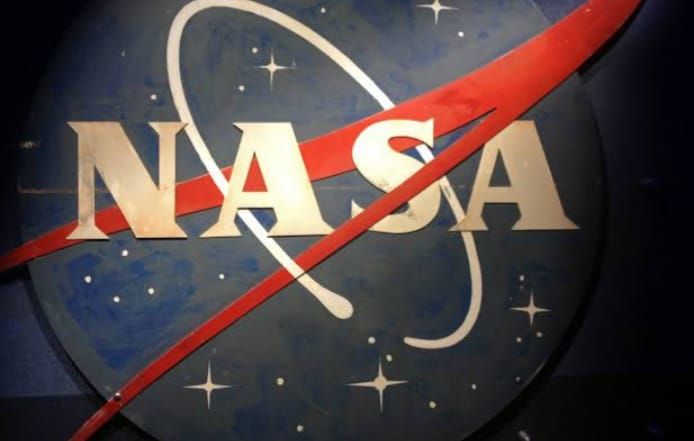
The story of the National Aeronautics and Space Administration (NASA) begins on 29th July 1958 with the transformation of the National Advisory Committee on Aeronautics(NACA). It is a sovereign agency of the United States Federal Government held for the civilian space program, as well as aeronautics and aerospace research. In response to the Soviet launch of Sputnik-3 60 years ago, NASA became synonymous withthe space race. At that time it had then begun sending pilots to the upper reaches of the atmosphere. For the past six decades, it had led a peaceful inquiry of space, making discoveries about the planet, solar system, and universe. In the home country, it's research has made great advances in aviation, helped to develop a commercial space industry, contributed to the growth of the economy, created job opportunities and last but not the least strengthened the national security. The annual budget of NASA in 2018is $20 billion.
Some major missions of NASA since its establishment are the moon explorer: Apollo, planetary probes: Voyager 1 and 2, reusable space transportation vehicle: Space Shuttle, space station: ISS, space-based explorer: Hubble Space Telescope, martian rovers: Spirit and Opportunity and newexplorer :SpitzerSpace Telescope, New Horizon. Parker Solar Probe is one of the future space missions of NASA. It is designed to explore the sun's outer atmosphere, in a hazardous region of intense heat and solar radiation, during 7 flybys, using Venus' gravity, over nearly 7 years. The space craft's fly-through atmosphere is as close as 6.2 million kilometers to the sun'ssurfaceandit is well inside the orbit of Mercury. It will also determine how energy and heat move through the solar corona and to explore what stimulates the solar wind as well as solar energetic particles.
NASA also added toitsexistingrobotic fleet at the Red Planet with theInSightMars lander that is designed to study the interior and subsurface of Mars. The Transiting Exoplanet Survey Satellite (TESS) is the latest mission of NASA that was launched in April 2018. TESS will search for the planets outside our solar system by monitoring 2,00,000 bright, nearby stars. It has started collecting data and uses the transit method like Kepler to detect the exoplanets. TESS will scan more than Kepler did and it won't look objects as far away as Kepler. Kepler had a maximum range of around 3,000 light years, but TESS will limit observations to a distance of 300 light years. NASA hopes that TESS will be able to track down more super-earth planets with its powerful array of cameras. It will also be able to determine the mass, size, density and orbital characteristics of any such planets.

NASA, embracing its sixty yearsandbeyond starting from the first lunar landing to the latest Mars rover to the vast network of satellites still survives as a rare unifying force. It has also succeeded in inspiring people throughout the country and around the world without getting too bogged down by biasing politics or the conflicts and controversies that have hit the other branches of the U. S Government.

